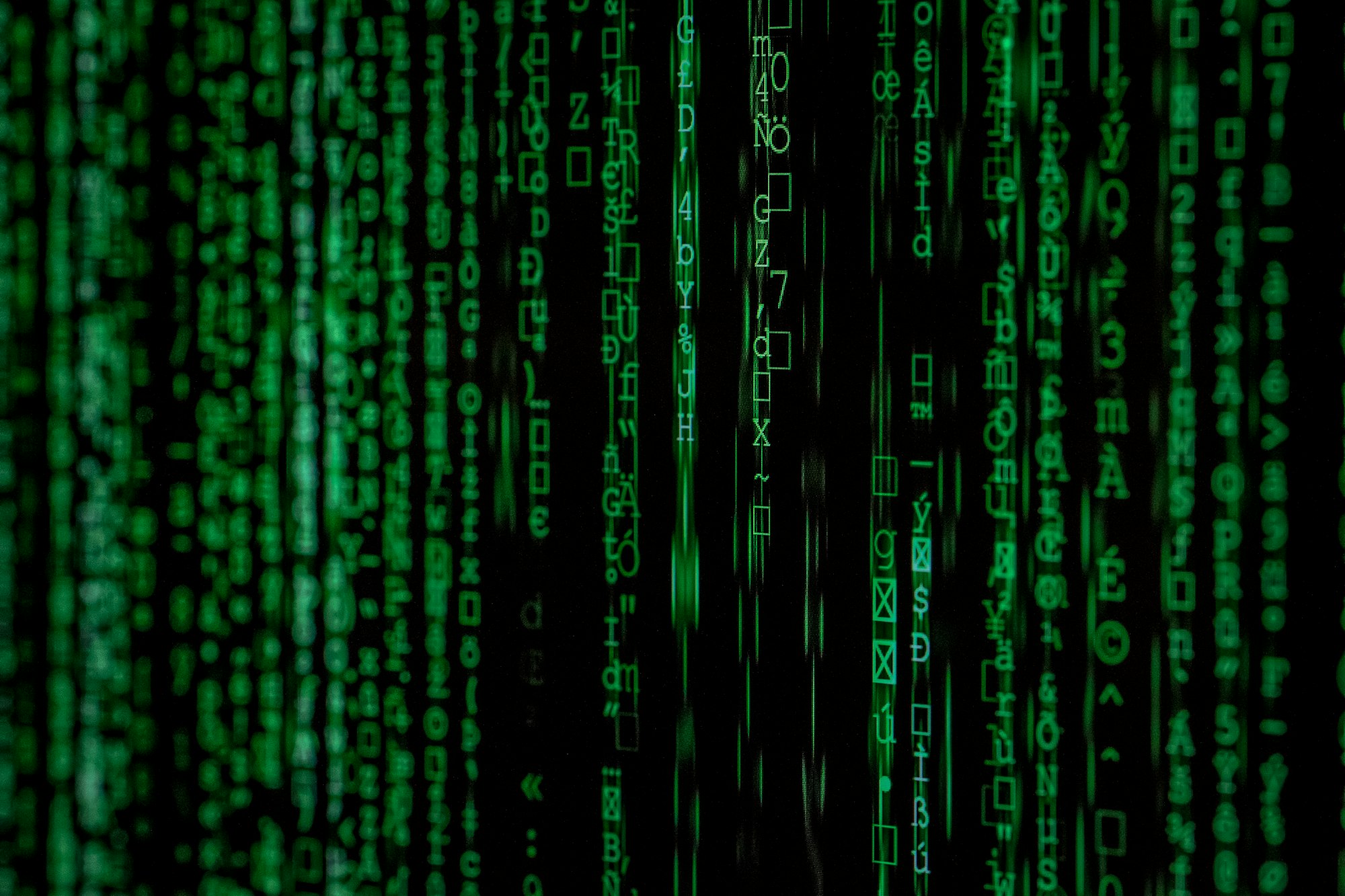Variational autoencoders (VAEs) are a type of deep learning algorithm that can learn to generate new data that is similar to the data it was trained on. VAEs are a powerful tool for generating new data, and they have many applications in fields like computer vision, natural language processing, and music generation.
At their core, VAEs are a type of neural network that can learn to compress data into a lower-dimensional representation and then use that representation to generate new data that is similar to the original data. The key innovation that sets VAEs apart from other autoencoders is that they use a probabilistic framework to learn the lower-dimensional representation. This probabilistic approach allows VAEs to generate new data that is not just a copy of the original data, but rather a variation on the original data.
To understand how VAEs work, it’s helpful to start with a basic understanding of autoencoders. Autoencoders are a type of neural network that is designed to learn a compressed representation of data. The input data is passed through an encoder network, which reduces the dimensionality of the data, and then through a decoder network, which reconstructs the data. The idea is that the compressed representation learned by the encoder can be used to generate new data that is similar to the original data.
VAEs take this basic autoencoder architecture and add a probabilistic layer to the encoder network. This layer learns the mean and variance of a probability distribution for each point in the lower-dimensional representation. During training, the network learns to encode the input data into a probability distribution, and then it samples from that distribution to generate new data. The use of a probability distribution means that VAEs can generate new data that is not just a copy of the original data, but rather a variation on the original data.
One of the key benefits of VAEs is that they can generate new data that is similar to the original data, but not identical. This makes them useful for a variety of applications, including data augmentation, image generation, and text generation. They are a key component of Stable Diffusion method. For example, a VAE trained on a set of images of faces could be used to generate new images of faces that are similar to the original images, but not identical.
Another benefit of VAEs is that they can be used for unsupervised learning. Unsupervised learning is a type of machine learning where the model is not given any labels for the data it is training on. Instead, the model is tasked with finding patterns in the data on its own. VAEs are well-suited to unsupervised learning because they can learn to generate new data without any labels.
In conclusion, variational autoencoders are a powerful tool for generating new data that is similar to the original data. They have many applications in fields like computer vision, natural language processing, and music generation. With their ability to generate new data that is not just a copy of the original data, but rather a variation on the original data, VAEs are an important part of the deep learning toolkit.
We research, curate and publish daily updates from the field of AI.
Consider becoming a paying subscriber to get the latest!









